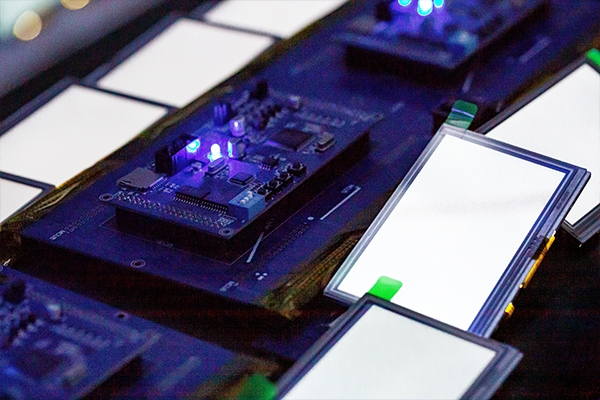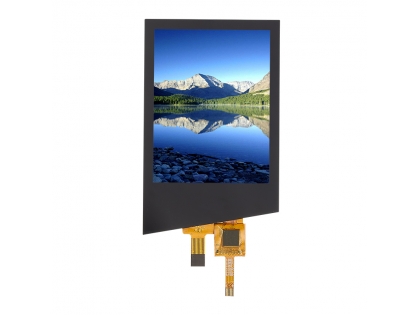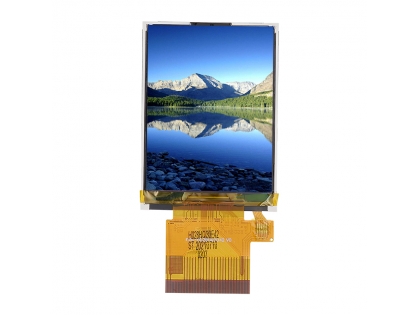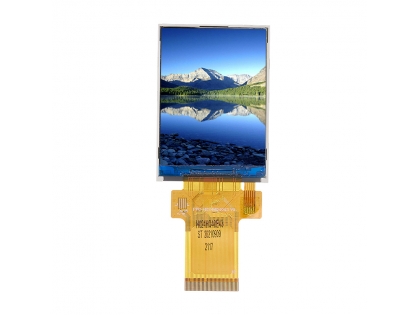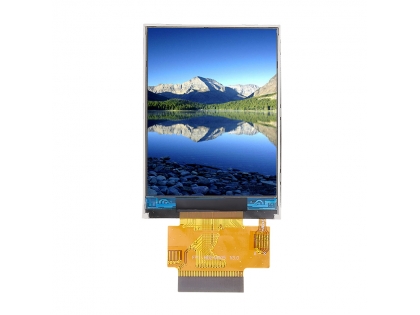01. Liquid crystal screen
LCD screen refers to the part of the e-book reader used to display the actual information content to achieve the role of communication with users. At present, the display screen of e-book readers is mostly black and white, of course, some high-end products are gradually developing to color display screen. At the same time, the display screen of e-book reader is also showing a growing trend. Generally, its size can be represented by pixels, that is, how many points can be displayed.
02. Thin film transistor
Thin Film Transistor (Thin Film Field Effect Transistor) means that every LCD pixel on the LCD is driven by the integrated thin film transistor. In this way, the information content of the display screen with high brightness and high contrast can be guaranteed for high-speed operation. TFT belongs to digital power amplifier drain matrix LCD.
03、TFT
TFT (ThinFilmTransistor) refers to thin-film transistors, which means that the pixel number of each LCD screen is driven by thin-film transistors integrated behind the pixel number, thus ensuring high-speed operation, high brightness, and high contrast display of display information content. It is one of the best LCD colorful display machines at this stage, and its actual effect is close to CRT display, It is a popular display machine device on laptops and desktops today. The number of pixels of TFT is controlled by TFT integrated in itself, which is the number of pixels of digital power amplifier. As a result, not only the speed can be greatly improved, but also the saturation and chromaticity can be further improved. In addition, the pixels can achieve high quality.
TFT (Thin Film Transistor) is a thin film field-effect transistor, which belongs to one of the drain matrix liquid crystal displays of digital power amplifiers. It can "actively" control each individual definition on the display screen, which can further improve the reaction speed.
Generally, TFT has a relatively fast reaction speed of about 80ms, and a large visual angle, which can generally reach 130 degrees. The key application is high-end goods. To put it bluntly, the thin-film field effect transistor means that every LCD pixel on the LCD is driven by the integrated thin-film transistor.
In turn, it can ensure high-speed operation, high brightness and high contrast display of display screen information content. TFT belongs to the digital power amplifier drainage matrix LCD display. Technically, the "active drainage matrix" method is used to drive the TFT. The way is to use the transistor electrical level made of thin film technology, and use the scanner to "actively pull" to control the opening and closing of any display point. When the light source is direct, it first appears upward according to the lower polarizer, and the light source is transmitted by the molecular structure of the LCD display, The purpose of display shall be based on light blocking and light transmission.
TFT (Thin film Transistor) display, which is also widely used in medium and high-end color screen mobile phones at this stage, is divided into 65536 colors, 260000 colors and 16 million colors. Its actual display effect is very excellent.
TFT technical analysis
TFT (Thin Film Transistor) LCD is a kind of liquid crystal display (AM-LCD) with drain matrix of digital power amplifier.
Different from TN's technicality, TFT displays in a "back through" direct light method - the relative path of the imaginary light source is not from top to bottom as TN LCD does, but from bottom to top. In that way, a unique light tube is set on the back of the LCD, and the light source is displayed upward according to the lower polarizer when it is directly illuminated. Because the electrical level of the left and right compartments is changed to the FET electrical level and the phase energizing level, when the FET electrical level is turned on and off, the main performance of the molecular structure of the LCD will also change. The display purpose can be achieved according to the light blocking and transmittance, and the response speed is further improved to about 80ms. TFT is also called "True Color" because it has higher saturation and richer colors than TN-LCD, and the screen upgrade frequency is also fast.
Compared with DSTN, the main feature of TFT-LCD is to equip each definition with a semiconductor power switch component. Because each sharpness can be controlled immediately according to the point single pulse. Therefore, each connection point is relatively independent and can be continuously controlled. Such a design method not only improves the response time of the display screen, but also can accurately control the display gray value, which is why TFT color is more realistic than DSTN.
At this stage, most notebook manufacturers choose TFT-LCD for their products. The initial TFT-LCD was mainly used for notebook production. Although TFT had great advantages relative to DSTN at that time, TFT-LCD was also quite different from traditional CRT displays in response speed, chroma and visual angle due to technical reasons. In addition, the very low output rate causes its high price, which makes the TFT-LCD on the desktop become a sexy object beyond our reach.
However, with the continuous development trend of technology, the product qualification rate continues to increase, and the emergence of some new technology applications, TFT-LCD has made great progress in response speed, saturation, chroma, visibility and visual angle of view, drawing in the difference from traditional CRT displays. Nowadays, the response speed of most popular LCD displays has been improved to less than 20ms, which paves the way for LCD to become popular.
The application store of LCD should be said to have great development potential. However, in terms of LCD production, the global LCD key concentration is in Taiwan, South Korea and Japan. Asia is the management center of LCD control panel product research and development, production and processing, while the development trends of Taiwan, Japan and South Korea are different.
The current popular TFT control panel includes a-Si (amorphous silicon thin film transistor)
TFT-LCD display is a thin film transistor type LCD display, that is, "True Color" (TFT).
TFT LCD is equipped with a semiconductor material power switch for each definition, and each definition can be immediately controlled according to the point single pulse. Therefore, each connection point is relatively independent and can be continuously controlled, which not only improves the response time of the display, but also accurately controls the display color


